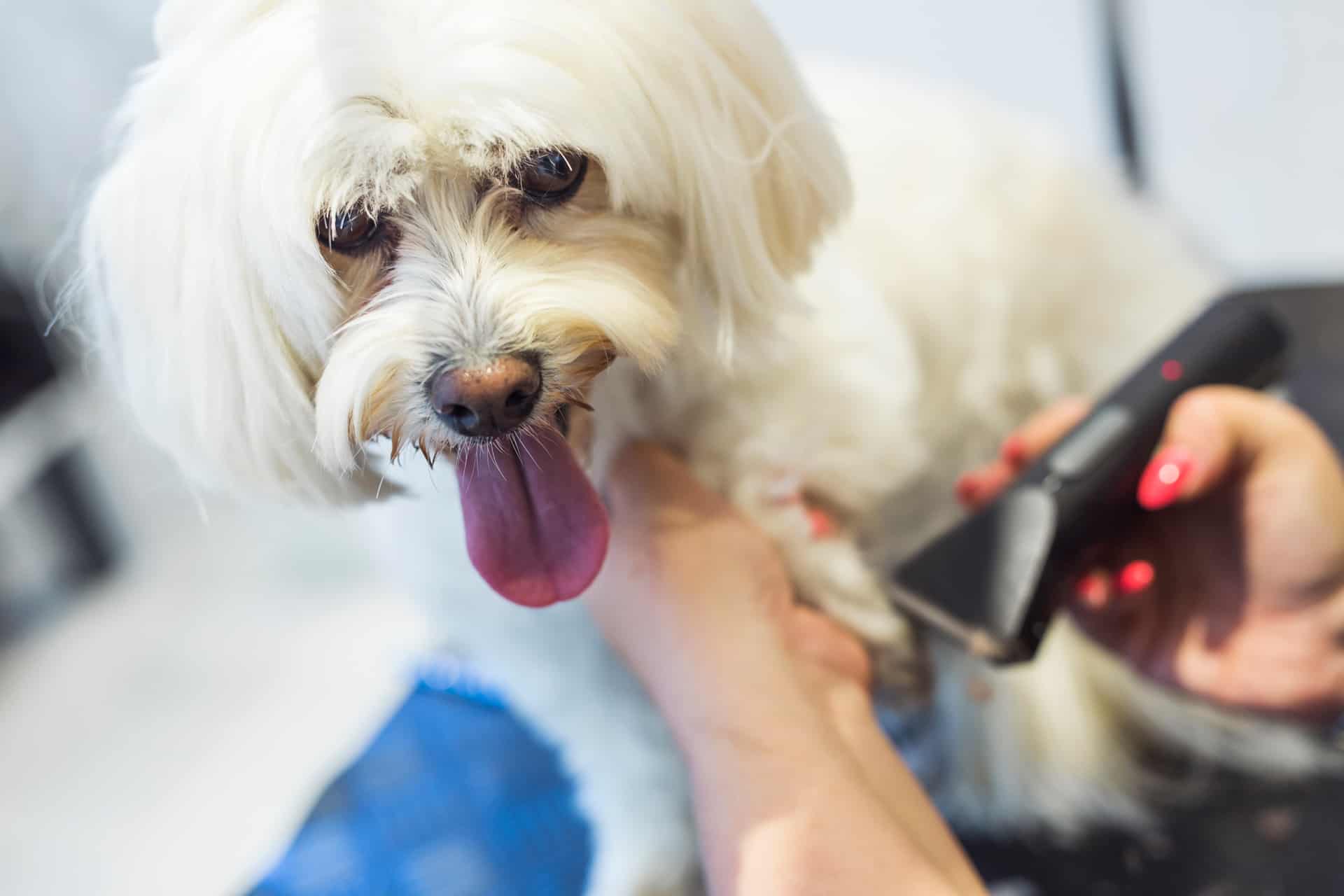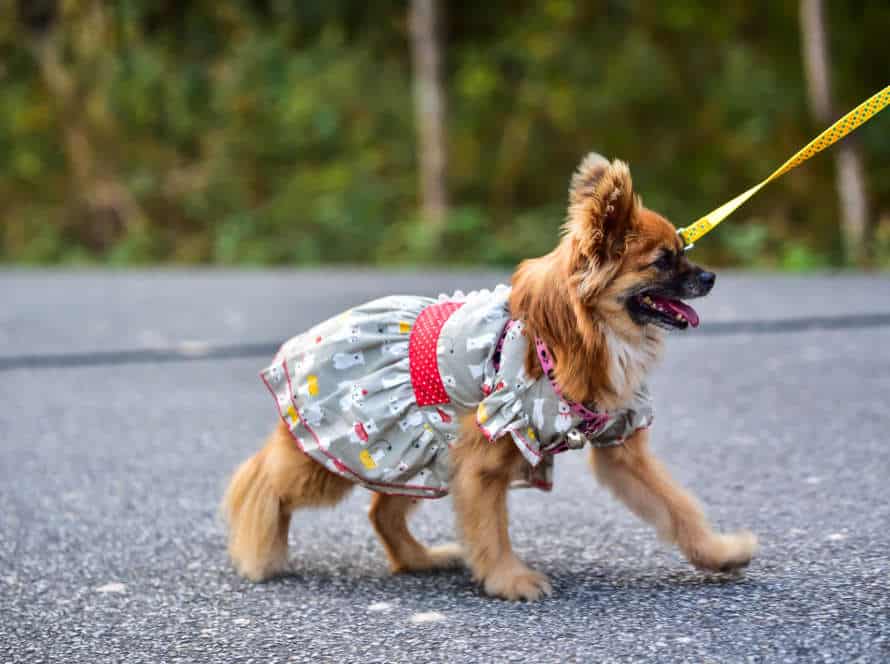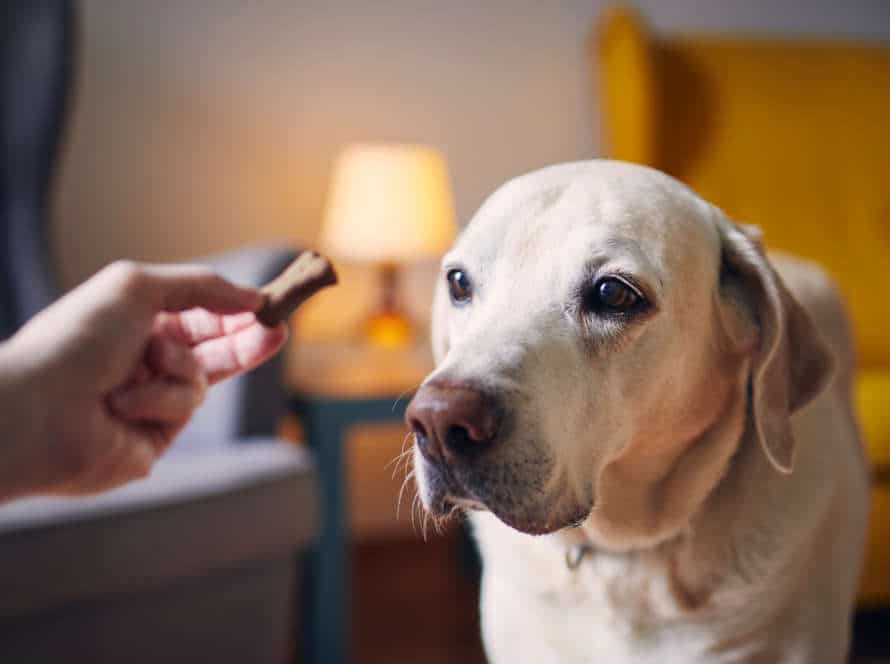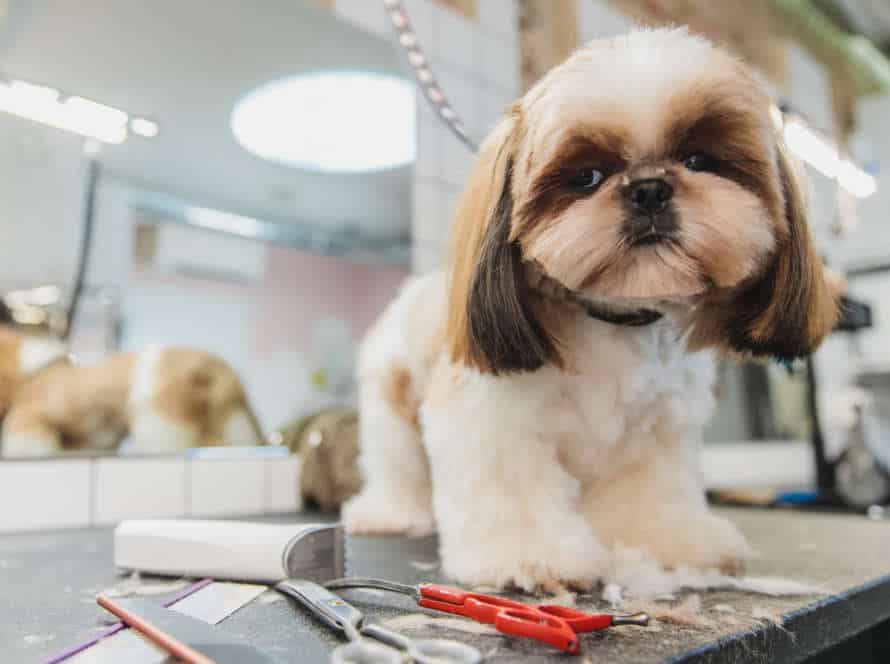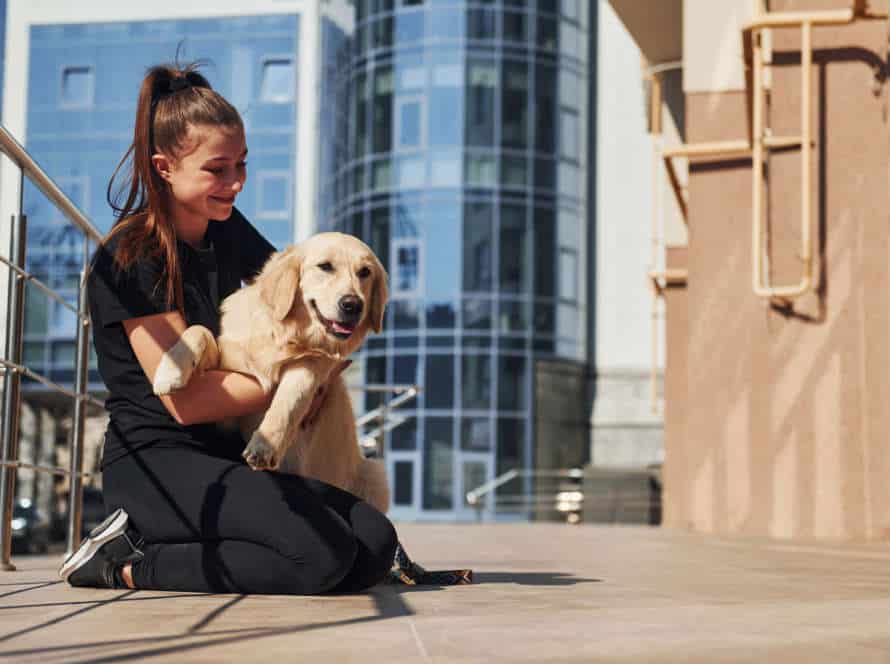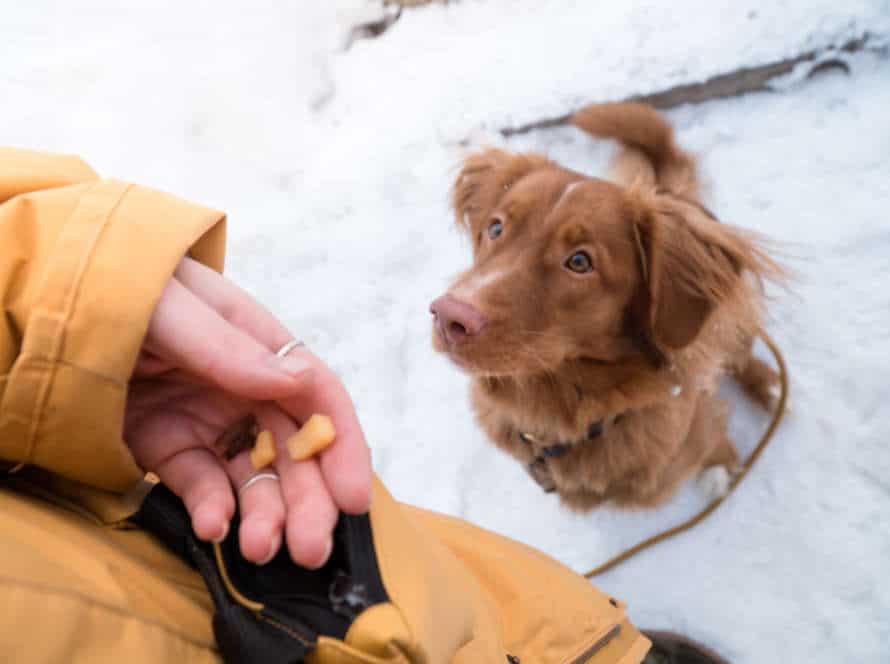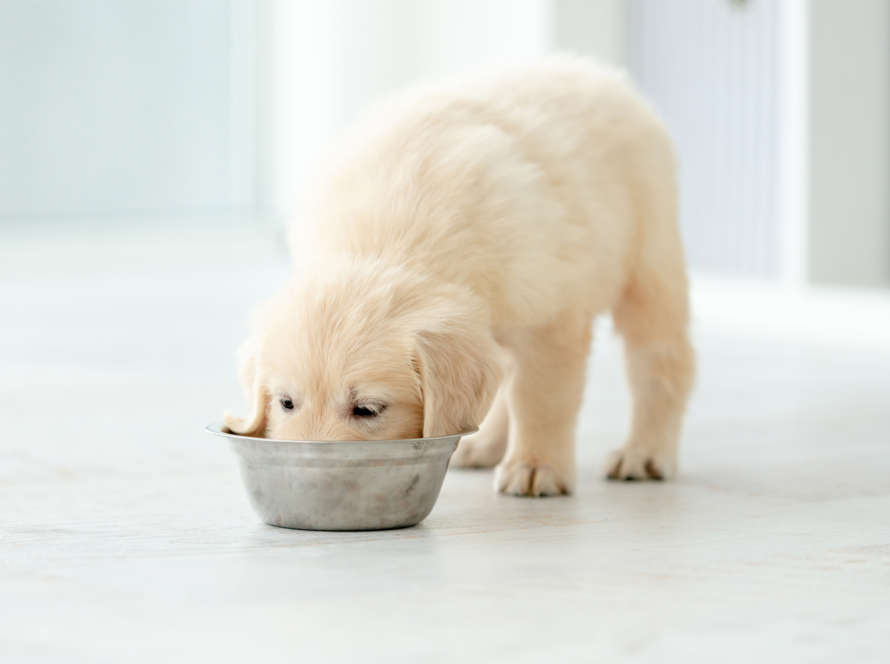The Importance of Grooming Routines for Senior Dogs
As dogs get older, their grooming needs change and become even more important. Grooming routines for senior dogs are an essential part of their overall health and happiness. Here are the reasons why:
- Better Skin and Coat Health: Regular brushing and bathing help remove dead skin cells, dirt, and excessive fur. This keeps the skin healthy and irritation-free.
- Early Disease Detection: During grooming sessions, you can check your senior dog’s coat, skin, teeth, and nails for any abnormal bumps, swelling, or growths. This will help detect any health issues early.
- Increased Mobility: Long nails can lead to pain and discomfort in senior dogs, affecting their mobility. Regular nail trimming and foot care can prevent this.
- Mental Stimulation: Grooming sessions offer senior dogs much-needed attention and love. This provides mental stimulation and raises their mood.
Grooming routines are vital for senior dog care. This will ensure that your furry friend has a happy and healthy life in their later years.
Benefits of Regular Grooming for Senior Dogs
Grooming is a must for senior dogs! It helps keep their coat and skin healthy, and it’s beneficial for their wellbeing. Regular grooming helps avoid knots, matts, and mites. It also reduces the risk of skin infections. Let’s look at the advantages of grooming for senior dogs and discuss why it’s important.
Maintains healthy skin and coat
Grooming for senior dogs is important for healthy skin and a glossy coat. As they age, their skin gets thinner and more sensitive, so skin issues can come up. Grooming can help spot those and stop them from getting worse. Older dogs often have dry or flaky skin, and grooming can help keep it moisturized.
Grooming also helps keep senior dogs’ coats glossy and soft. As they age, their fur gets rough and dry. Brushing and bathing can get rid of dead skin and fur, letting new fur grow in and making their coat healthier.
Also, grooming is a great time to check your senior pup’s health. Owners can look for lumps, bumps, or ingrown hairs and tell their vet if they find anything.
Tip: Make a grooming routine that fits your pup’s needs and keep it up as part of their health care.
Promotes blood circulation and lymphatic drainage
Grooming for senior dogs is important. It helps with blood circulation and lymphatic drainage. This is key for your pup’s health.
Brushing, bathing, trimming nails, and cleaning eyes and ears are all part of grooming. It can:
- Boost blood flow in the skin.
- Stimulate the immune system, and remove toxins.
- Prevent matting and tangling of fur, which can cause skin problems.
- Help you spot any lumps, bumps, or skin issues.
- Strengthen the bond between you and your pup, as you spend quality time together.
Make sure your senior dog is comfortable and loved, by attending to their hygiene.
Identifies potential health issues early
Grooming is essential for senior dogs. It includes brushing, nail trimming, teeth cleaning, and bathing. This prevents skin irritations, infections, and dental problems. Plus, it gives senior dogs one-on-one attention. It also stimulates circulation and socialization.
Examining their body during grooming can help detect any lumps, bumps, or physical changes. This can signal underlying health issues such as arthritis, skin infections, or tumors. Early detection allows prompt treatment and prevents them from worsening.
Regular grooming boosts a senior dog’s quality of life. Therefore, it’s an excellent way to give them the best care.
Factors to Consider when Grooming Senior Dogs
Groom your elderly pooch often! It’s a great way to keep them healthy. But when grooming a senior dog, there are some things to think about. Age, health, and coat type, for example. So, let’s have a look at these factors.
Physical Limitations of the dog
Groom senior dogs keeping their physical limitations in mind! Age can cause joint pain, mobility issues, vision and hearing problems. Adapt your grooming routine to fit their needs.
Consider:
- Short grooming sessions – they tire easily.
- Plenty of light – help dogs with vision problems.
- Soft-bristled brushes, combs with wide teeth, nail clippers with sensors.
- Non-slip mats on tables and counters.
- Be gentle when lifting or moving.
These considerations will make grooming more comfortable and keep senior dogs clean, happy and healthy.
Consideration of underlying health issues
Grooming your senior pup is essential, especially if they have health issues. Doing so can be tricky. Here are some tips to make it easier:
- Arthritis/Mobility: Put them on a raised grooming table or pad to avoid discomfort.
- Skin: Use pet-friendly, hypoallergenic products.
- Dental: Schedule grooming sessions after vet appointments.
- Incontinence: Groom frequently to keep fur/skin clean.
Follow these steps and reward your pup with treats during the session – making it more enjoyable for both of you.
Frequency of grooming sessions
Grooming frequency for senior dogs varies. It depends on the breed, coat type and age-related conditions.
Factors to consider when creating a grooming routine for elderly dogs:
- Coat Type: Dogs with long fur need more frequent grooming. Especially on the tail and ears.
- Skin Conditions: Senior dogs may be prone to skin allergies, rashes or infections. Groom more often to prevent irritation.
- Age-related issues: Senior dogs may find it hard to self-groom. Regular grooming sessions can help maintain their hygiene and stop matting.
Typically, weekly grooming sessions are beneficial for senior dogs. This keeps their coat healthy, and can identify any lumps, bumps or other abnormalities that require vet attention. However, tailor your grooming schedule to your senior dog’s specific requirements.
Grooming Techniques for Senior Dogs
Grooming a senior dog is important! It keeps them healthy, clean, and comfy. It also helps maintain their skin and coat. Therefore, it’s essential to use proper grooming techniques when caring for an elderly pup. This article will explain the importance of grooming routines for senior dogs and the techniques that can be used.
Bathing and drying techniques
Grooming senior dogs requires special techniques. Bathing and drying are essential. Follow these steps:
- Bathing: Use a gentle, hypoallergenic shampoo without harsh chemicals or fragrance. Wet the coat with lukewarm water. Avoid the face when applying shampoo. Rinse with warm water.
- Drying: Use a soft towel to get rid of moisture. Set a low heat on the hairdryer, keeping it six inches away from the skin. Be extra cautious around sensitive areas. Pat dry with a soft towel if needed.
By following these steps, your senior dog will have a comfortable life in their golden years.
Brushing and combing techniques
Brushing and combing are key for senior dogs. To keep them healthy and looking good, try these techniques:
- Begin by softly brushing away loose hairs and tangles, avoiding any sore spots.
- Use a slicker brush to remove mats and tangles.
- Comb the ears, tail, and legs with extra care around bones and sensitive areas.
- Make sure to check for ticks, fleas, and skin irritations.
Regular grooming is vital for senior dogs. It keeps their fur shiny, boosts circulation, and gets rid of dirt and debris. Plus, it helps detect health problems. Take it slow and be gentle – let your senior dog get used to the process.
Nail trimming and ear cleaning techniques
Grooming is essential for your senior dog’s health. Nail trimming and ear cleaning are two important parts.
- Nail trimming: Keep nails short to avoid discomfort and pain. Use sharp clippers designed for dogs. Locate the quick, the pink part with nerves and vessels. Cut the nail below the quick at a 45-degree angle. If you cut the quick, use styptic powder or cornstarch to stop the bleeding.
- Ear cleaning: Senior dogs are more prone to infections and hearing loss. Examine the ear for redness, discharge, or odor. Gently wipe with a damp cotton ball and vet-recommended solution. Avoid inserting anything into the ear canal. If you see signs of infection or discomfort, consult your vet.
Tips for Grooming Senior Dogs at Home
As dogs age, grooming is key for their health and happiness. Grooming can reduce stress and help with preventative care. Professional groomers do a great job, but you can also groom your senior pup at home. Here are tips for grooming your senior dog at home!
Choose the right grooming tools
Grooming senior dogs? Be sure to use the right tools! Here are some tips:
- Brush: Use a soft-bristled one. It’s gentle for thinning skin and coat. Plus, it removes fur and dirt.
- Comb: A fine-toothed metal comb can detangle mats and knots. Choose one with rounded teeth to avoid skin irritation.
- Clippers: Adjustable blades and a quiet motor are best. This will prevent discomfort and anxiety.
- Nail Clippers: Sharp ones are best. Don’t cut them too short or they’ll be in pain.
Remember: Regular grooming can help prevent skin problems and infections. Pro tip: Go gentle and give treats for a positive experience.
Keep calm and be patient
Grooming senior dogs at home can be a challenge. Patience is the key for success! Here are some tips to make it easier:
- Take it slow. Senior dogs may have mobility issues or sensitive spots that need extra care. Work at their pace to avoid discomfort or injury.
- Use the right equipment. Slicker brushes, combs, and clippers designed for older dogs will help the grooming session go smooth and comfy.
- Reward good behavior. Treats or verbal praise will make grooming enjoyable for your senior dog.
- Don’t forget the basics. Older dogs also require regular bathing, nail trimming, and ear cleaning. Regular grooming can help detect potential health issues and improve their quality of life.
Patience, skill, and compassion are essential when grooming senior dogs. Don’t rush and try to keep it stress-free for your furry friend!
Use positive reinforcement to reinforce good behavior
Grooming senior dogs at home? Essential to use positive reinforcement! You need a softer approach. Positive reinforcement techniques make it an enjoyable experience. Follow these tips:
- Treats: Encourage good behavior with treats. Give treats for staying calm, sitting still or allowing you to clip their nails or brush their teeth.
- Praise: Use words of encouragement and gentle pats to show love and appreciation. Giving lots of praise helps them feel comfortable and relaxed.
- Patience: May take longer than younger dogs. Be patient. Take breaks if needed, go easy if anxious or restless.
- Professional groomer: Visit a professional for seniors! They have the skills, tools and experience to handle them with care and kindness.
Pro tip: Grooming’s crucial for seniors. Use positive reinforcement for stress-free and enjoyable sessions.
Professional Grooming for Senior Dogs
Senior dogs need professional grooming – it’s so important! It helps them look and feel great, and also stay healthy. It’s less work for owners too! Plus, it can help identify any potential health problems. Let’s check out why professional grooming is so important for older pups.
Benefits of professional grooming services for senior dogs
As our beloved senior furry friends get older, they need extra care and attention. Professional grooming services for senior dogs provide many benefits to keep them feeling and looking their best. Here are just some of these advantages:
- Improved physical health – Regular grooming helps prevent skin irritation, matted fur, and other health issues.
- Enhanced mobility – Nail trimming and ear cleaning help your senior dog move around comfortably.
- Reduced stress – Grooming can be a relaxing experience, helping to reduce anxiety and stress.
- Mental stimulation – Grooming sessions provide an opportunity for interaction and attention, keeping their mind sharp and stimulating cognitive function.
Investing in professional grooming for your senior dog can make a huge difference in their life.
How to find the right professional groomer for your senior dog
Searching for the right professional groomer for your senior pup can be a challenge. Yet, it is so important to make sure they are relaxed and secure during the process. Here’s a few steps to take when searching for the correct groomer:
- Ask for Suggestions: Talk to other doggy owners or your vet for recommendations. You can also check with local grooming associations for accredited groomers.
- Make Phone Calls: Ask questions regarding their time with elderly pups. Make sure to inquire about any safety measures taken, plus the entire grooming process from start to finish.
- Visit the Groomers: Go in person to see if the place is clean and safe for your pet.
- Schedule a Trial: Schedule a trial visit for a minor grooming service. Observe how your elderly pup responds and how the groomer handles them.
A professional groomer that knows how to care for elderly pups can detect medical issues, provide suitable grooming that guarantees tranquility, and improve the pup’s quality of life.
Pro Tip: Get a regular grooming routine for your senior pup. This can help them stay healthy and clean!
Questions to ask a potential groomer before booking an appointment.
Booking a grooming appointment for your old pup is a great way to keep them joyful and healthy. Yet, it’s important to make sure you select the right groomer. Here are some questions to ask a potential groomer before booking:
- How much experience do you have working with elderly dogs?
- Can you attend to my pup’s special needs, such as mobility issues or medical conditions?
- What services do you offer for senior dogs and what are they?
- What kind of grooming products do you use and are they safe for elderly dogs?
- What is your policy on sedation and when do you recommend it?
By asking these questions, you can be sure that you are choosing a groomer who will provide the best care for your senior dog.
Frequently Asked Questions
Q: Why is grooming important for senior dogs?
A: Senior dogs may have trouble grooming themselves due to arthritis or other health issues. Regular grooming can prevent skin problems and discomfort.
Q: How often should I groom my senior dog?
A: It varies depending on the breed and coat type, but a general rule is to groom your senior dog at least once a week.
Q: Can grooming help detect health issues in my senior dog?
A: Yes, grooming can help you detect any lumps, bumps or skin irritations that may indicate an underlying health issue. Regular grooming can also help you keep an eye on your dog’s overall health.
Q: Can I groom my senior dog myself or should I take them to a professional groomer?
A: You can groom your senior dog yourself, but if your dog has health issues or a difficult coat to manage, it may be best to take them to a professional groomer.
Q: What parts of my senior dog’s body should I pay extra attention to when grooming?
A: You should pay extra attention to your senior dog’s ears, eyes, and teeth when grooming. These areas can be prone to infection and require special attention.
Q: Are there any grooming tools that are specially designed for senior dogs?
A: Yes, there are many grooming tools that are specially designed for senior dogs, such as brushes with softer bristles or electric clippers with adjustable blades.

